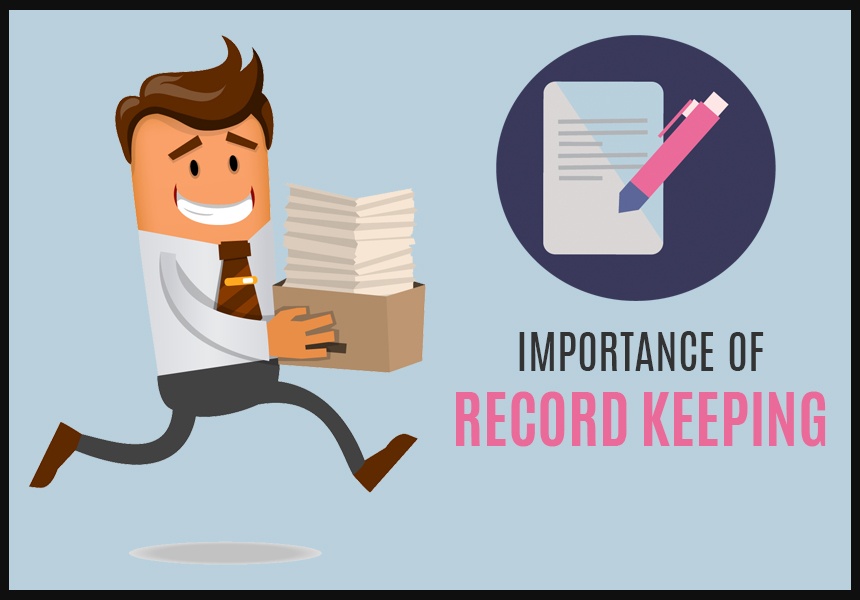The year that is drawing to a close has been an uphill battle for many businesses. Fortunately, 2021 already looks more promising, despite significant remaining challenges.
1. The arrival of a vaccine appears to be near. Several pharmaceutical companies report efficacy rates of more than 90%—a remarkable breakthrough in such a short time. Pending approval of vaccines by health authorities, many questions remain about the logistics of global distribution. Canada has ordered enough doses to theoretically achieve herd immunity. However, bottlenecks could initially force priority vaccination for certain groups. This would result, for a period of time, in continued health measures and restrictions that should, however, be less severe than at present.
2. A projected economic contraction of 5.5% in 2020 will be followed in 2021 by Canadian GDP growth of 4% to 4.5%, depending on vaccine availability. A slowdown in the Canadian economy, observed in the last quarter of 2020, is expected to continue into the first part of the new year.
3. For the sectors most affected by the pandemic, such as accommodation, transportation and food services, the recovery will unfortunately be muted in 2021. Although a vaccine will soon be available, health measures will likely be maintained until herd immunity is reached. It will also take a few years for international tourism to make a full recovery.
4. The Canadian dollar, which has strengthened since the beginning of the recovery, is expected to remain in a range of US$0.75 to US$0.78 in the absence of significant jolts to the oil market. The anticipated convergence of Canadian and U.S. monetary policies until 2023 should limit the loonie’s volatility against the U.S. dollar.
5. Business survival rates will need to be closely monitored. A significant number of businesses remain inactive right now, and the longer they are shut, the greater their chances of not rebounding. In August, there were 9% fewer active companies than the average in 2019. The situation has probably deteriorated since then, given the tightening of health measures in several provinces. In response, the federal government is maintaining its assistance programs for businesses. The more businesses that close their doors, the more difficult the economic recovery will be.
Nevertheless, research suggests the businesses that invest more in technology, particularly to improve their ability to sell online and support remote work will be in a better position to fight the next battle called 2021.














Share This Article
Choose Your Platform: Facebook Twitter Google Plus